Hands-On Learning at Home!
Want to help your kids hone their skills at home? This article is for you. In this blog post, you will read about different at home activities that you can create in the comfort of your own home!
1: Spelling Pattern and Math Reading Mats. This idea came from one of my favorite Teacher Tik Tokers Ms. Simpson! She created this very helpful and easy to make yoga mats and dice on a budget. The materials you will need to create your yoga mat are: A Yoga Mat (Five Below), Large dice (Amazon.com), and a Sharpie. Once you have all your materials and are ready to create your mats, ask your child’s teacher what are some spelling patterns or math skills they are currently working on or have worked on in the past to see which spelling patterns or math skills to add to your mat. This is a fun and easy way to get your child practicing what they’re learning in Skills and in Math! Watch this video to see how Ms. Simpson uses Spelling Pattern Mats in her class.
2: Pizza Fractions. Pizza is a great way to introduce or practice fractions to your child. And you can use real pizza (yum!) or create your own cardboard version of a pizza. The materials you will need are a cardboard cutout of a circle, sharpies, and scissors. On your cardboard cutout, you and your child can draw a pizza however you’d like. While you are drawing, don’t forget to add fraction equations on each slice or you can do it without the equations if your child is starting to learn what a fraction is. When you are ready to play, the adult that is playing will take away some “pizza slices” and ask “What fraction is this pizza showing?” Remember the denominator is on the bottom and the numerator is on the top! A denominator tells you how many are there if no slices were taken and the numerator tells you how many there are left after some slices were taken!
The best way I found for kids to get excited about learning is through activities that they find interesting. Both of these activities can be used interchangeably and for many different skills. They both work for math and for reading and are used to help students who need a little more of visual aid for it to really stick! I hope you found these helpful for your child’s learning journey.


